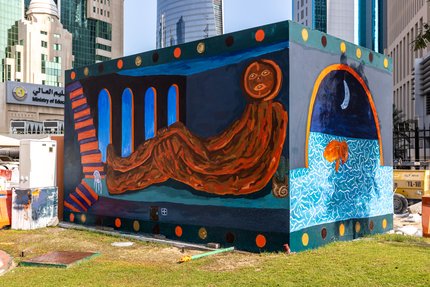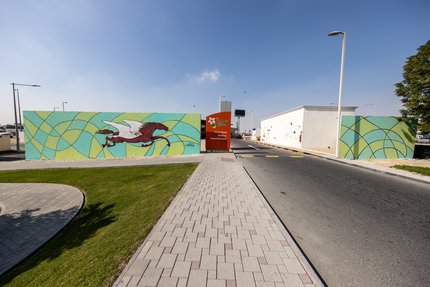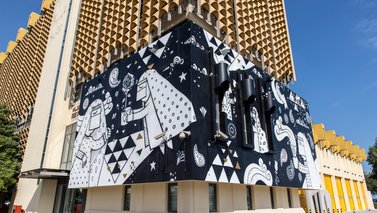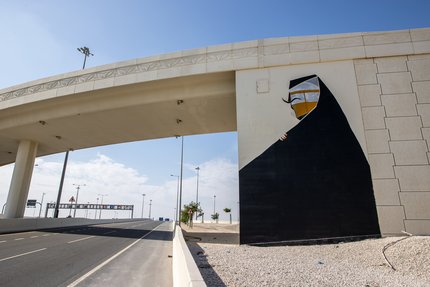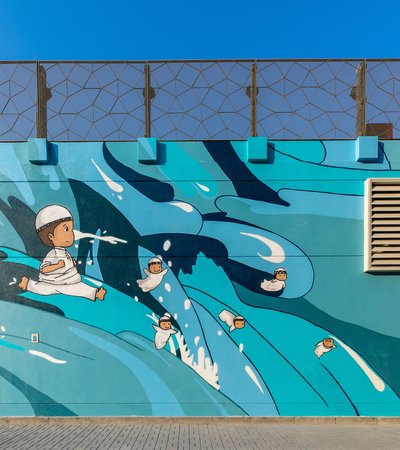In late 2020 and early 2021 vibrant colours emerged as beacons of energy into urban environments across Qatar. With splashes of colour against previously plain walls, 18 artists contributed to the creation of JEDARIART, resulting in murals that captured imaginations and remained with residents long after they saw them. So, what was it all about?
Initiated by the Public Art department from Qatar Museums – and delivered in partnership with Ashghal, Qatar Rail and Woqod –JEDARIART’s purpose was to activate urban spaces in Doha and create beauty, colour and vigour across the walls of the capital.
The programme – recently announced to be returning for a second round of open calls – seeks to encourage artists to take their murals beyond the walls, enabling a dialogue; a portal of sorts, meditating between the artist’s consciousness and the viewer.
In total, 15 of the first cohort were Qatari citizens, while all 18 were residents of the country. In terms of experience and profile, in keeping with the ethos of the programme, they ranged from beginners to high-level expertise. All were invited to demonstrate their artistic expression freely.
In the first of a two-part series, earlier in 2021 we meet the artists to understand their inspiration and get a glimpse of what their art means to them, in their own words. Here's what they had to say.




